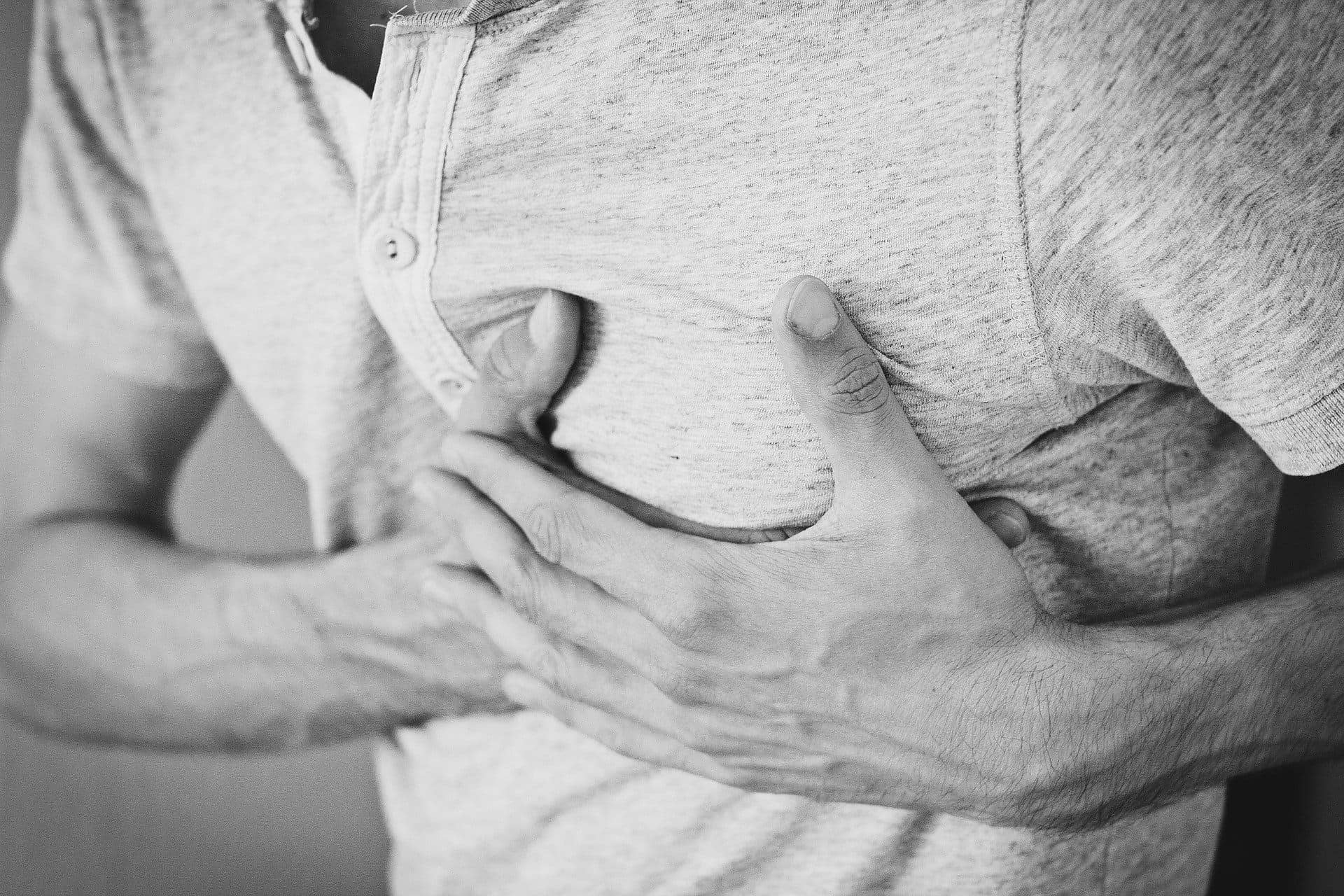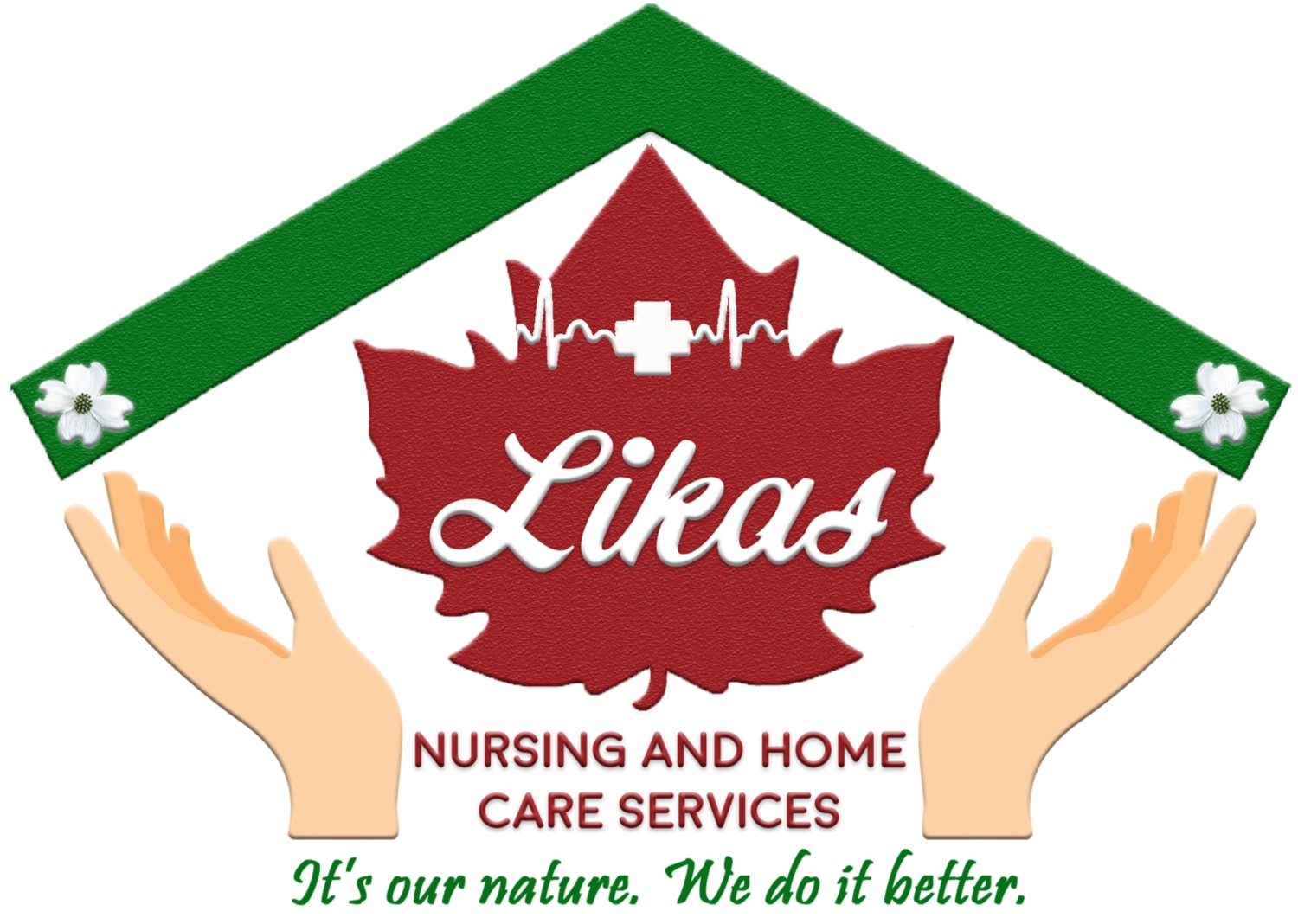
Heart attacks, also called myocardial infarctions (MI), are one of the leading causes of death in adults worldwide. It can happen even in adults as young as 40 years old. This is what happens when the flow of the blood to the heart is blocked. In turn, this blockage can be due to buildup of fat and cholesterol in the arteries supplying blood to the heart or due to a clot originating from somewhere else in the body.
It can be scary to think about heart attacks, but because it can be fatal and can even cause sudden death, it is important to be aware of its signs and symptoms. Recognizing a heart attack early will lead to immediate intervention and prevent further complications, as well as save lives.
Symptoms
Here are some of the most frequent signs and symptoms seen in a person having a heart attack.
A sensation of pressure, tightness, pain, ache, or squeezing that may start in the chest or arms and can spread to the neck, jaw, or the back
Nausea, abdominal pain, heartburn
Shortness of breath, difficulty breathing
Dizziness, light-headedness
Breaking into a cold sweat, feeling clammy, diaphoresis
Fatigue
While there are classic signs and symptoms, it should be noted that not everyone will experience all or the same during a heart attack. The onset, sequence, duration, and intensity of the symptoms will vary. The more symptoms one has, however, the more likely it is that urgent medical attention is necessary. Especially in a person who has what is called angina, in which there has been recurrent, intermittent chest pain in the past that is exacerbated by activity and relieved by rest, the probability of having a heart attack increases.
What to do
Should you experience symptoms that suggest a heart attack, seek medical care IMMEDIATELY. Call 911 or the local emergency number. It is ideal if paramedics can come to you and take you to the hospital, so they can also administer resuscitation and first aid, if necessary. If this is not available, have someone drive you to the hospital. It is dangerous for you and for the people on the road for you to drive yourself.
If you have some prescription nitroglycerin and aspirin with you, take it as instructed. Nitroglycerin will help relax the blood vessels and restore some blood flow supporting the heart. Aspirin, meanwhile, can prevent blood clots.
What to expect
You will likely be brought to your nearest hospital’s emergency room, where diagnostic tests will be performed, and the necessary medications will be given. Vital signs will be checked, and treatment will be according to what is necessary. For example, oxygen support for shortness of breath and low oxygen saturation, antihypertensive drugs to lower blood pressure, and anticoagulants to reduce the risk of blood clotting, if appropriate, will be given.
Your blood will also be drawn to check for electrolytes but more particularly to measure troponin, a protein marker that is elevated when there is damage to heart muscle. Other important molecules will also be examined. An electrocardiogram (ECG) will also be done to check for the electrical function of the heart. It will be abnormal in specific areas due to damage to the heart muscle, as in a heart attack, and it will also check for abnormal rhythms (arrhythmias).
Should the physicians think there is a need to do more testing, such as an echocardiogram to see heart movement or an angiogram to evaluate the arteries supplying blood to the heart, then these diagnostic exams will also be completed.
Admittance into the hospital is likely to continue observation and progression of symptoms, and discharge times will vary widely, according to your situation and condition.
Preventing heart attacks
Like always, an ounce of prevention is better than a pound of cure. Here are some tips to prevent a heart attack.
Eat healthily. Avoid foods high in salt, sugar, fat, processed carbohydrates, and cholesterol. Your diet should include vegetables and fruits, beans or other legumes, lean meat and fish, low-fat or far-free dairy, whole grains, and healthy fat like olive oil.
Exercise frequently. The goal is to do a minimum of 30 minutes of moderate activity, for 5 days a week.
Maintain a healthy weight. This should be done through a good diet and exercise regimen. A BMI of 25 or more increases the risk of higher cholesterol, heart disease, and diabetes.
Seek medical care to diagnose and treat conditions that may lead to a heart attack. This can include high blood pressure (hypertension), increased blood triglycerides and cholesterol, and diabetes. Managing these conditions well will reduce the risk of a heart attack.
Manage stress well. Otherwise, you may resort to unhealthy coping mechanisms, such as overeating, drinking, and/or smoking.
Get sufficient quality sleep every night.
Quit smoking and/or using tobacco and illicit drugs. This is because cigarette smoke is toxic and can damage the blood vessels. In addition, some illicit drugs damage cardiac tissue and predispose to arrhythmias.
Here to help
If you have a medical condition that predisposes to a heart attack or have suffered from one and need help implementing lifestyle changes, Likas Nursing and Home Care can help you with your cardiac rehabilitation program. Cardiac rehabilitation refers to a program of exercise, education and counselling designed to help you recover after a heart attack or other heart conditions. We can work with your doctors and the rest of your healthcare team to create an individualized plan for you. Contact us for a free consult today.



